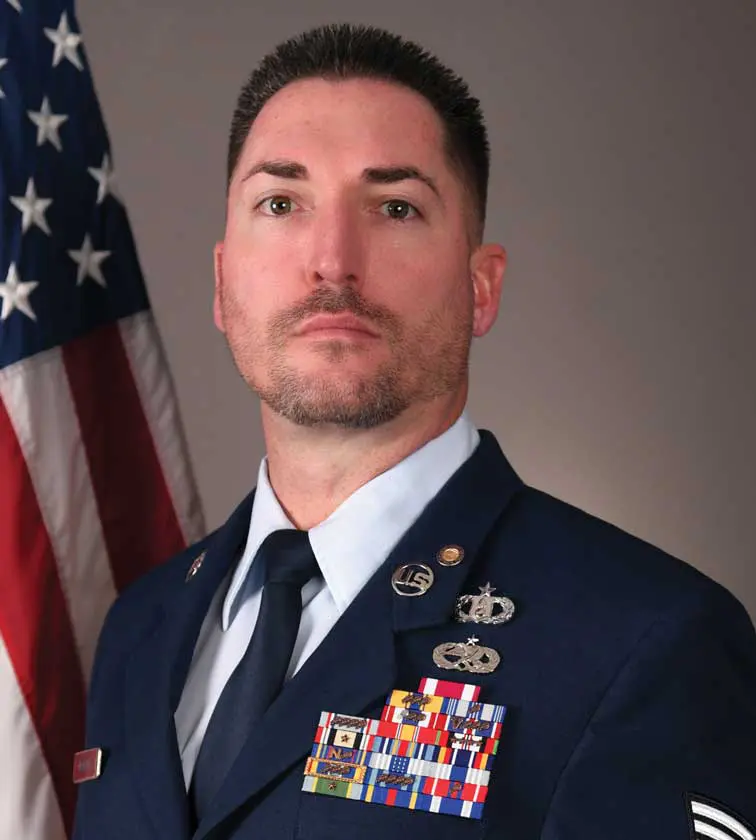AMC INDIVIDUAL WEAPONS SAFETY AWARD
By STAFF WRITER
TSGT MICHAEL J. ROSENDE
22 ARW, MCCONNELL AFB, KS
TSGT MICHAEL J. ROSENDE of the 22d Air Refueling Wing (ARW), McConnell Air Force Base, KS, is this year’s winner of the Air Mobility Command (AMC) Individual Weapons Safety Award.
Rosende authored the risk analysis for the Air Force’s (AF) first KC-46 Agile Combat Employment exercise. His analysis mitigated 44 hazards, enabled a massive simultaneous tanker formation launch, supported a Major Weapon System “elephant walk,†and aided in the longest KC-46 flight ever. His leadership, lauded by the AMC Commander, paved the way for 22 ARW’s role in MOBILITY GUARDIAN 23.
While deployed as the sole Weapons Safety Manager to Prince Sultan Air Base (AB), Al Kharj, Saudi Arabia, Rosende led 42 Weapons Safety Representatives and 39 unit programs. He championed efforts to sustain 112 explosives site plans (ESP) that amplified U.S. Air Forces Central’s explosives storage capabilities by 20 percent, garnering him an AF Commendation Medal. Rosende constructed Prince Sultan AB’s first reduced-criteria magazine ESP. He identified two shortfalls, mitigated four critical hazards, and authored the guidance for the storage of Explosive Ordnance Disposal quick-response high explosives. This equipped four Electronically Initiated Device teams with rapid deployment capabilities that amplified their response time by more than 70 percent.
He forward-deployed and crafted the first ESP for King Fahd AB, Damman, Saudi Arabia, which enabled the storage of 90,000 pounds of explosives to support $1.5 billion in combat assets. He also cultivated relationships with joint and allied agencies to mitigate future hazards and fortify multi-national partnerships.
Fusing efforts with joint personnel, Rosende assisted in the relocation of 21 high-explosive missiles and two launcher systems to a minimum quantity distance location. This relocation eliminated the explosive exposure to $167 million of joint assets and rectified a negative trend impacting U.S Central Command’s personnel and equipment.
To cement the wing’s success with zero mishaps, he accelerated actions to rectify five critical hazards during the wing’s Nuclear Operational Readiness Exercise.

